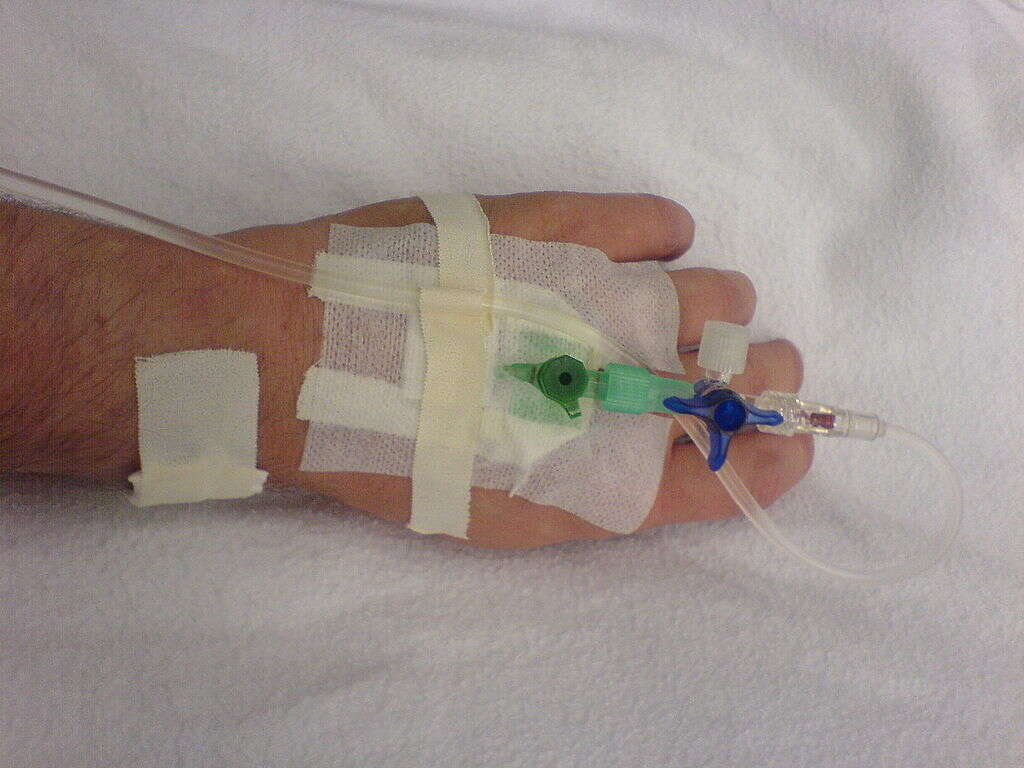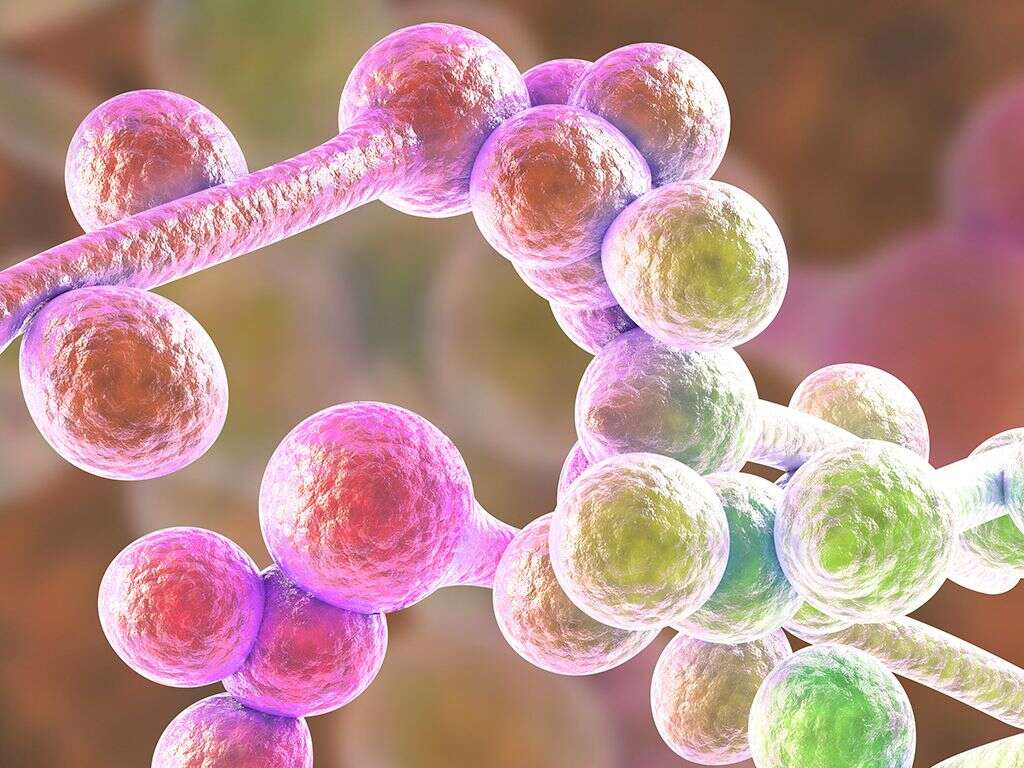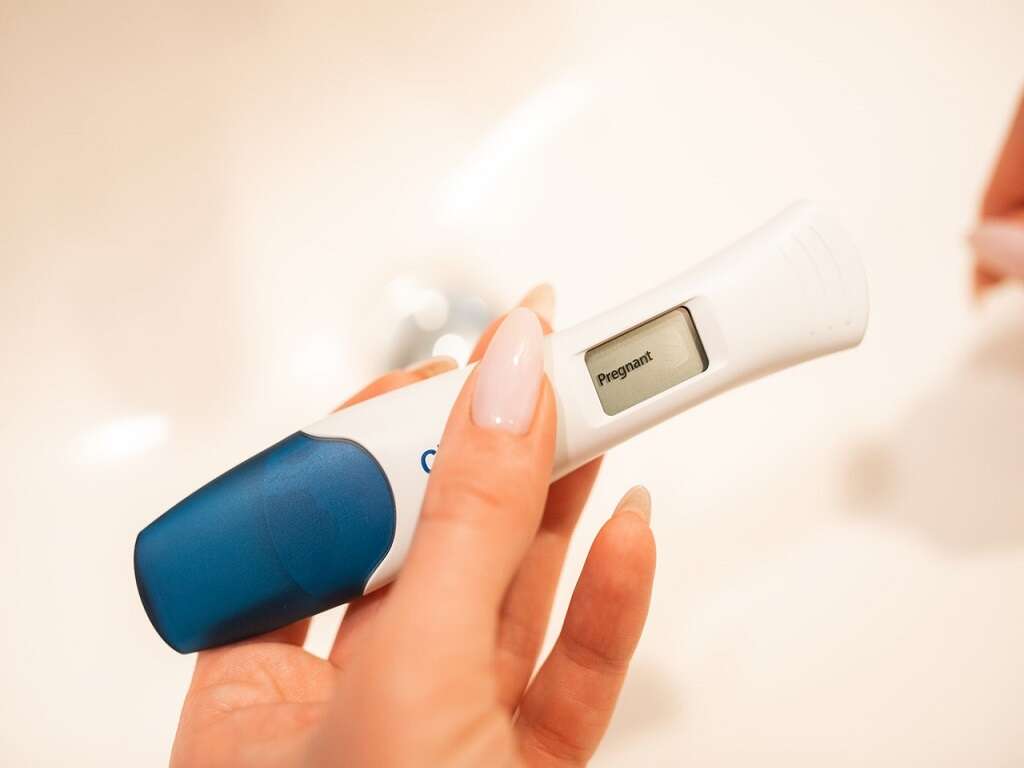Yeast Infection Causes, Symptoms & Treatments
Treatment #3: Echinocandins
Echinocandins are new antifungal drugs that work by inhibiting the synthesis of cell walls of the yeast. This class of drugs are effective only against specific yeasts. Some examples of echinocandins are caspofungin, anidalufungin, and micafungin. Echinocandins are generally well tolerated with mild side effects such as fever, nausea, vomiting, headache, and abnormal liver function tests (such as aminotransferases and alkaline phosphatase levels).
There is some resistance to echinocandins in some candida albicans strains. Echinocandins are usually administered intravenously due to poor oral bioavailability (there is a low proportion of drug that enters the blood circulation if taken orally).
Advertisement










